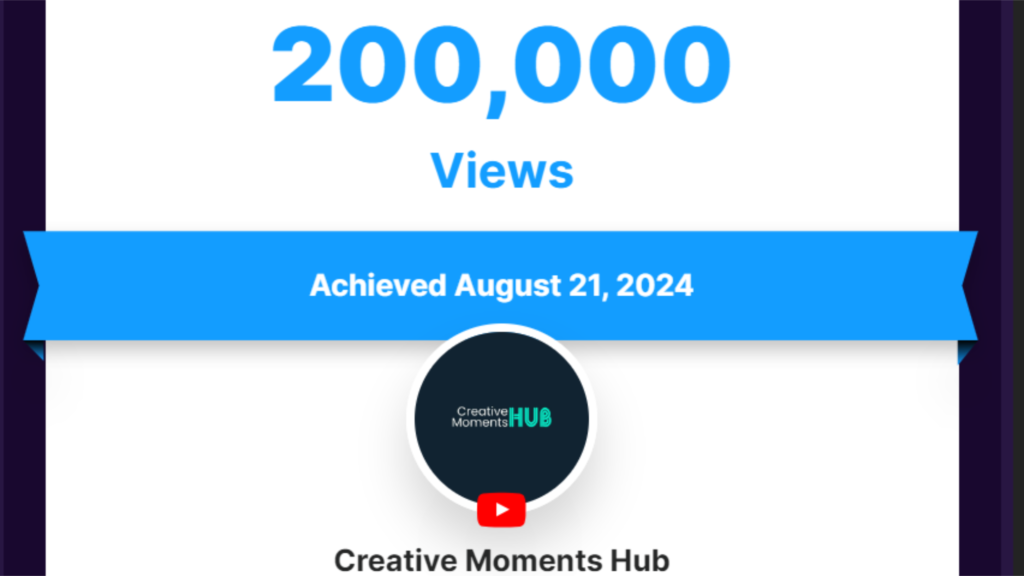Small business owners facing increased complexity and risks in today’s business environment are turning to advanced tools like artificial intelligence (AI) and Blockchain technologies to improve risk management and cut costs. These technologies help businesses identify, assess, and mitigate risks more effectively while saving on operational expenses.
AI algorithms analyze historical data to spot risk factors such as financial downturns and supply chain or market fluctuations through predictive analytics. This allows businesses to prepare for and manage risks proactively before they escalate. AI systems also monitor and analyze business processes and transactions in real-time to detect risks. For instance, AI can identify unusual patterns in financial transactions that might indicate fraud or cyber-attacks.
By processing large amounts of data, AI offers actionable insights that help businesses make informed decisions. This data-driven approach reduces the reliance on intuition and improves the accuracy of risk assessments, ensuring effective risk mitigation strategies are in place.
Blockchain technology enhances AI by adding layers of transparency and security. It provides a clear view of transactions and processes, helping businesses track and verify information authenticity. This transparency is vital for compliance and risk management. Additionally, Blockchain offers encryption and consensus mechanisms to secure digital transactions, protecting businesses from cyber threats and unauthorized access. Its decentralized and immutable ledger ensures that once data is recorded, it cannot be altered or deleted, which is useful for maintaining accurate transaction and contract records, thus reducing fraud risk.
Introducing the GAP Framework
To effectively utilize AI and blockchain for risk management, businesses can adopt the GAP Framework, an innovative approach designed to bridge the risk gap and ensure comprehensive risk mitigation. The GAP Framework stands for:
- G – Governance: Establishing clear policies and procedures for risk management, including defining roles and responsibilities, setting risk tolerance levels, and implementing oversight mechanisms.
- A – Analytics: Using AI for advanced data analysis and predictive modeling to identify potential risks and opportunities by analyzing historical and real-time data.
- P – Protection: Leveraging blockchain to secure data and transactions. Implementing blockchain for contract management, transaction verification, and record-keeping ensures that information remains accurate and tamper-proof.
Cost-Saving Techniques Through the GAP Framework
The GAP Framework not only enhances risk management but also offers significant cost savings:
- Reduced Fraud and Errors: AI detects anomalies while blockchain ensures data integrity, reducing financial losses from fraud and errors.
- Operational Efficiency: AI-driven automation of routine risk management tasks lowers labor costs and increases efficiency. Blockchain reduces the need for intermediaries and streamlines transaction processes, further cutting operational expenses.
- Improved Compliance: Transparent blockchain records simplify regulatory compliance, reducing the costs associated with audits and legal disputes.
Conclusion
Integrating AI and blockchain technologies into risk management strategies provides small businesses with a robust solution for identifying and mitigating risks while achieving cost savings. The GAP Framework offers a structured approach to leveraging these technologies, ensuring that businesses safeguard against potential threats and optimize operations for greater efficiency and profitability. As small businesses face evolving challenges, embracing AI and blockchain will be crucial for staying competitive and resilient in today’s dynamic market.








